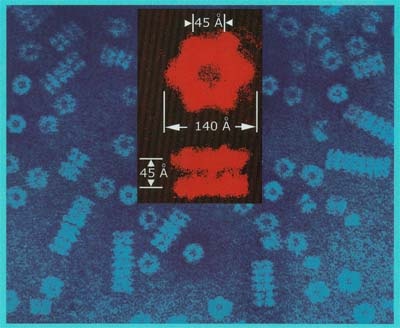...
Earl and his collaborators separated two different kinds of aspartokinase from E. coli extracts and obtained evidence suggesting the existence of still another. They further demonstrated that each one of these multiple enzymes can be regulated individually by a particular product of one of the branches in the pathway.
| Div | ||||||||||
|---|---|---|---|---|---|---|---|---|---|---|
|
...
|
| Div | ||||||||||
|---|---|---|---|---|---|---|---|---|---|---|
| ||||||||||
|
...



